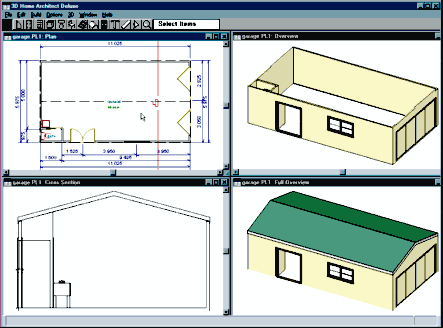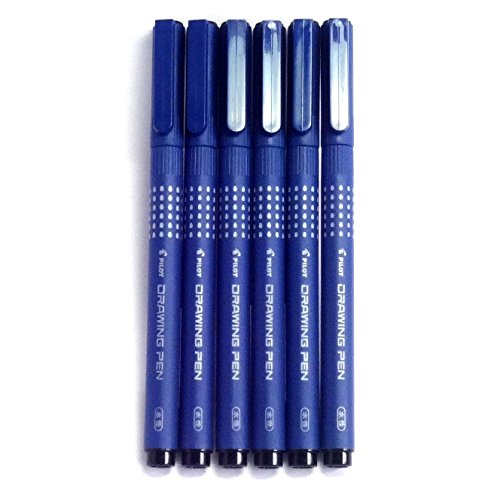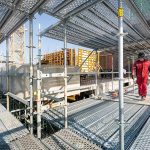As the Internet of Things (IoT) gains currency in the ongoing technological conversation, the importance of “big data” is also emerging as a a factor that will affect design, production and operation in a world where everything is connected. In two or three years time the implications will be simple and obvious, but for most people today, that is not the case.
To get a grasp on what these concepts mean and develop and idea of how they can be applied using ones current knowledge and skill, it pays to take every opportunities to absorb information on the subject. To read, experience and learn. The application of big data is already impacting areas of interest for technically-oriented designers, makers and operators.
Application of big data analytics is showing exceptional results for enterprises by allowing them to uncover new insights to develop new services, increase competitiveness, and optimize their operational efficiency. Turning an eye outside of the enterprise though, there are number of mounting problems that exist today in large urban areas that will continue to grow as more than 2/3 of the world’s population will live in cities by mid-century. Could data analytics improve the quality of health-care through more targeted care, reduce traffic congestion and pollution in growing cities, and improve crop yields to feed a burgeoning global population?
Intel and the European-based Teratec consortium thinks so. To drive the successful adoption of these technologies, Intel and Teratec are collaborating to launch a big data lab that will spearhead research initiatives focused on personalized health-care, smart cities, and precision agriculture. The lab’s efforts will accelerate research initiatives, develop proof of concepts, and promote real-world trials that will eventually lead to full-scale deployments.
Ultimately, we all expect that these initiatives will lead to practical and repeatable big data solutions that can be leveraged around the world to improve the human condition, not just in Europe, but around the world. While the goals are lofty, the mission is clear and the alternatives for not pursuing could be dire. Via cio.com
The CAD world seems interested mainly in the myopic vision of designing and manufacturing sensors, rather than the potential big data has for defining design criteria, providing manufacturing inputs and operational aids. Perhaps this approach is driven by the desire to share in the bonanza that is predicted for business when the IoT gets traction rather than a broader understanding of how the IoT will impact on society.
Getting serious now, what does it take for a thing to be smart? Mr Przybylinski provided a list of items to consider, one that CAD designers can use to determine just how much IoT should be in the widget they’re modeling:
ComputerWorld this year asked which new technology that firms would be spending on over the next 12 months. #1 was IoT, then #2 HPC [high performance computing], and last of all energy-saving and carbon-reducing technology — maybe because priorities #1 and #2 will increase energy consumption. In CIMdata’s own poll, barely more than 10% of attendees at their PLM Forum are today collecting and analyzing data from IoT devices. The other nearly 90% were not interested, interested, or already collecting data but not analyzing it. Other than PTC, some CAD vendors are trying to sound like they are also into IoT. According to Mr Przybylinski, Dassault is taking about the “fourth industrial revolution”; Siemens PLM is offering a “smart innovation portfolio”; Autodesk is emphasizing “makers” with things like Arduino and PLM 360. Via upfrontezine.com
These numbers indicate that CAD business leaders are toe-dipping, but not really sure which toe they are dipping into what. In all fairness, even for the most astute of technologists and futurists, the crystal ball is sometimes cloudy.
“I think there is a world market for maybe five computers.”
Thomas Watson, president of IBM, 1943
“There is no reason anyone would want a computer in their home.”
Ken Olsen, founder of Digital Equipment Corporation, 1977
Such comments while appearing foolish today are representative of the age in which they were made. So to will the current approach to big data and the IoT, when reconsidered in five or ten years time.


 Application of big data analytics is showing exceptional results for enterprises by allowing them to uncover new insights to develop new services, increase competitiveness, and optimize their operational efficiency. Turning an eye outside of the enterprise though, there are number of mounting problems that exist today in large urban areas that will continue to grow as more than 2/3 of the world’s population will live in cities by mid-century. Could data analytics improve the quality of health-care through more targeted care, reduce traffic congestion and pollution in growing cities, and improve crop yields to feed a burgeoning global population?
Application of big data analytics is showing exceptional results for enterprises by allowing them to uncover new insights to develop new services, increase competitiveness, and optimize their operational efficiency. Turning an eye outside of the enterprise though, there are number of mounting problems that exist today in large urban areas that will continue to grow as more than 2/3 of the world’s population will live in cities by mid-century. Could data analytics improve the quality of health-care through more targeted care, reduce traffic congestion and pollution in growing cities, and improve crop yields to feed a burgeoning global population?





